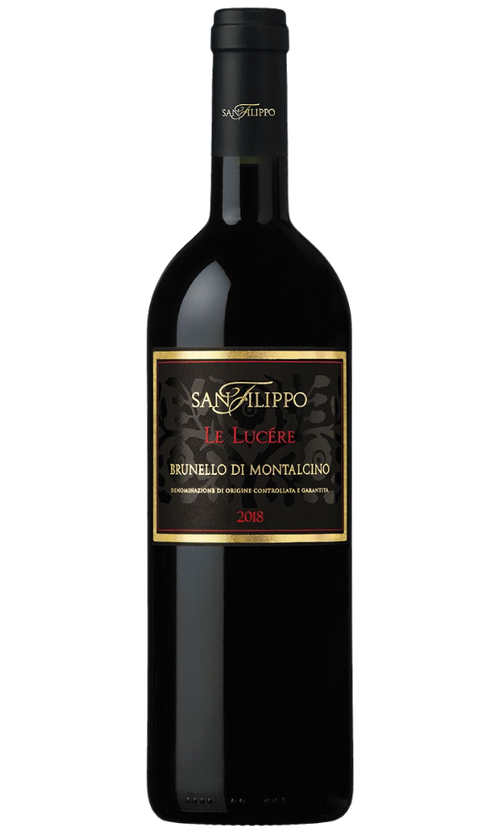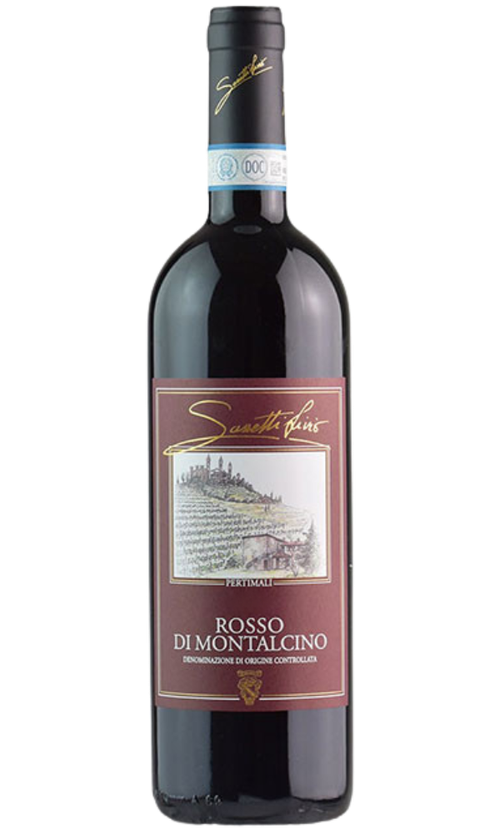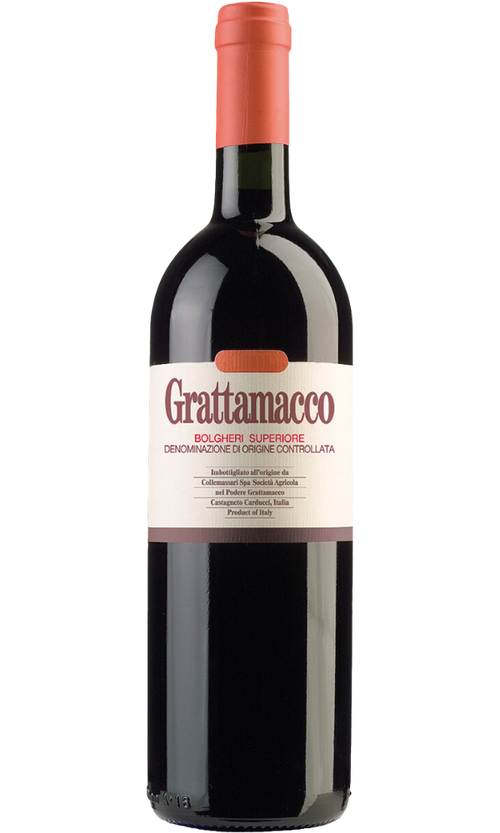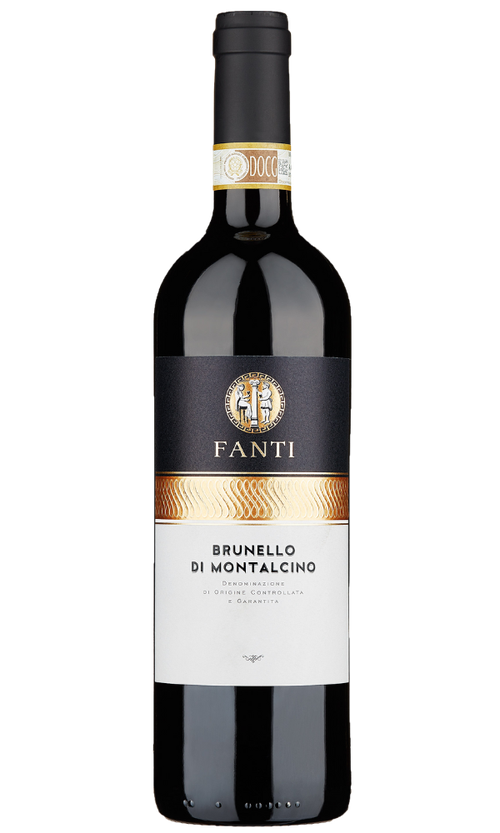
The Tuscan powerhouse that stands with $450 bottlings

- 95 pts Vinous95 pts Vinous
- 95 pts James Suckling95 pts JS
- 94 pts Wine Advocate94 pts RPWA
- Curated by unrivaled experts
- Choose your delivery date
- Temperature controlled shipping options
- Get credited back if a wine fails to impress
2020 Castello di Ama San Lorenzo Chianti Classico Gran Selezione 750 ml
Retail: $90 | ||
| $58 | 36% off | per bottle |
- Curated by unrivaled experts
- Choose your delivery date
- Temperature controlled shipping options
- Get credited back if a wine fails to impress
In the 1990s, a handful of the most inventive winegrowers in Chianti Classico resolved to take a run at Brunello. That band of Tuscan pioneers wrote a two-part blueprint designed to match the richness and density of Brunello while retaining the chiseled structure of the cool soils of Chianti Classico.
The challenge was clear, since the summers are hotter in the hills of Montalcino than in Chianti Classico. But by the turn of the 21st century, aided by researchers from the Universities of Florence and Pisa, growers were harvesting Sangiovese of Montalcino-like ripeness without sacrificing a gram of vibrancy.
Eventually, a new category of Chianti Classico—Gran Selezione—was born.
Perched high in the rolling hills of Gaiole in Chianti, Castello di Ama is a centuries-old hamlet that was reborn in the 1970s, when Lorenza Sebasti and winemaker Marco Pallanti set out to redefine Chianti Classico. Now, with vineyards planted at elevations reaching 1,800 feet, Castello di Ama has gained a fierce following for their wines of tradition and finesse.
No bottling captures that combination better than their flagship San Lorenzo, a masterclass in Sangiovese purity and one of the top bottlings in Chianti for as long as it’s been made. The first release came in the 2010 vintage, the first season for which wines could be labeled Chianti Classico Gran Selezione (the category debuted in 2014).
The 2020 comprises 80% Sangiovese, bolstered by 13% Merlot and 7% Malvasia. After a year in 22% new oak (and the rest in two-year-old oak) and now several years in bottle, it’s showing beautifully: bold and impactful, with smooth edges and tons of complexity. This stands with the very best, including Pallanti’s $450 masterpieces.
You might also like these wines
- Member Favorite
- You're on page












